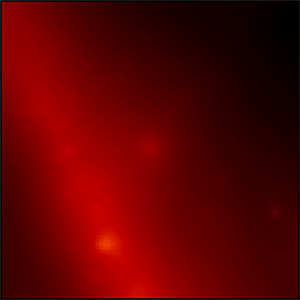
This group’s activity will focus on identifying future science drivers, necessary capabilities, and priorities for the future of gamma-ray astronomy.
Questions to be evaluated include:
If you are interested in joining the FIG SAG group, please fill out this Google Form and follow the FIG SAG Slack.
Subscribe to the
FIG SAG News and Announcements Email List